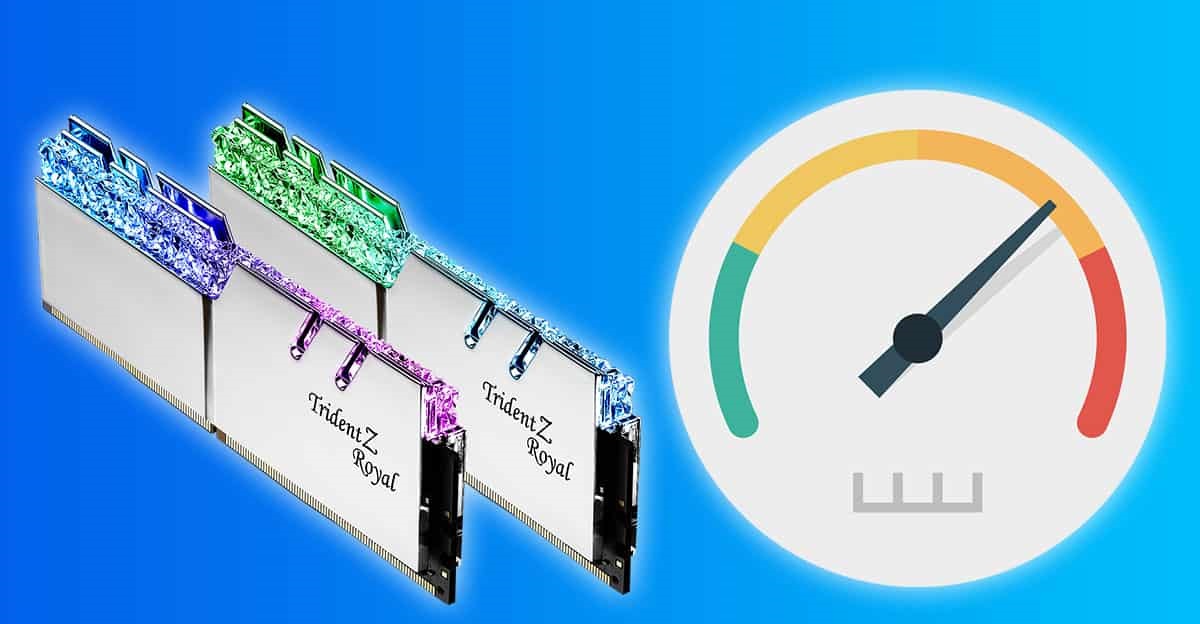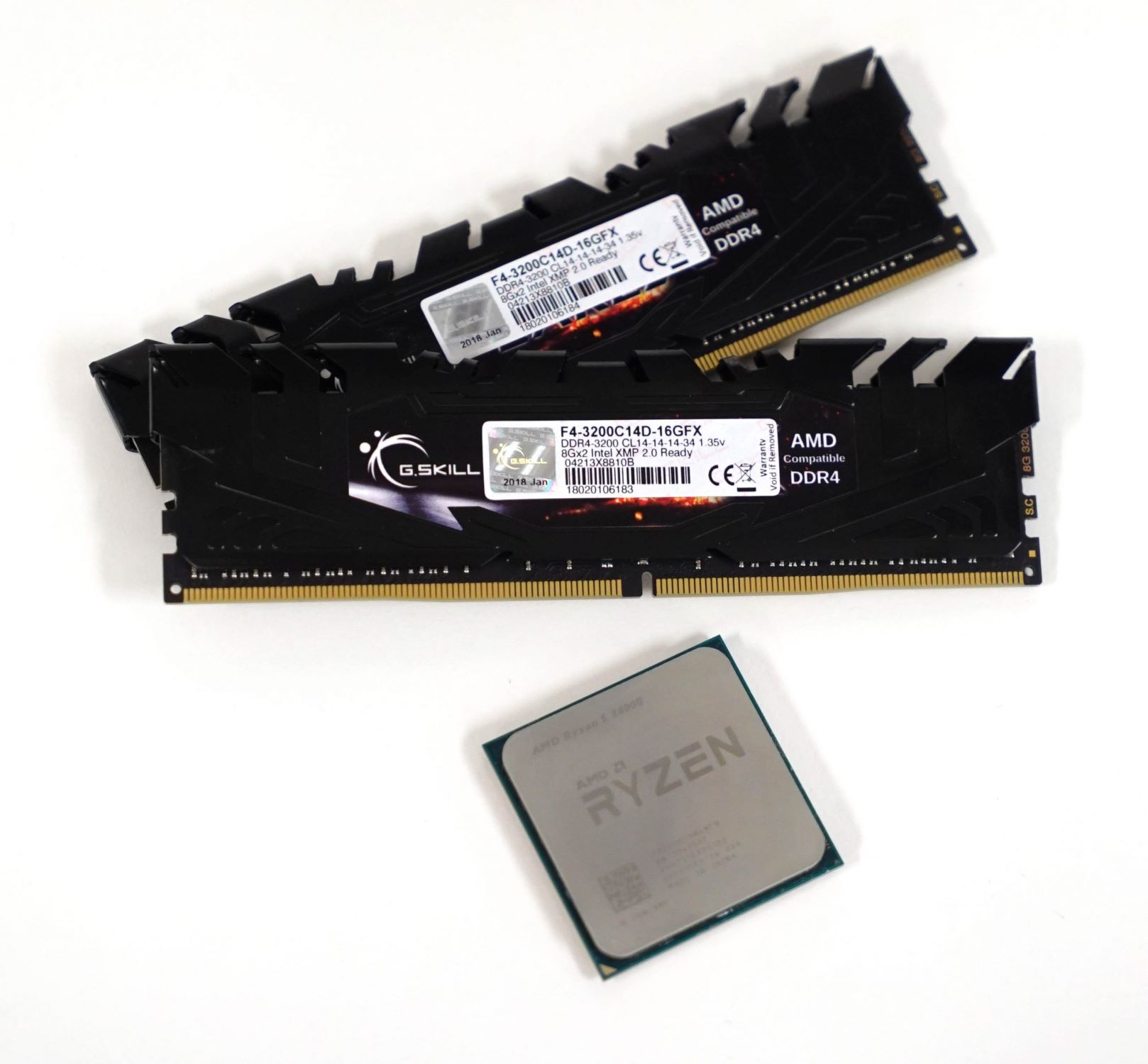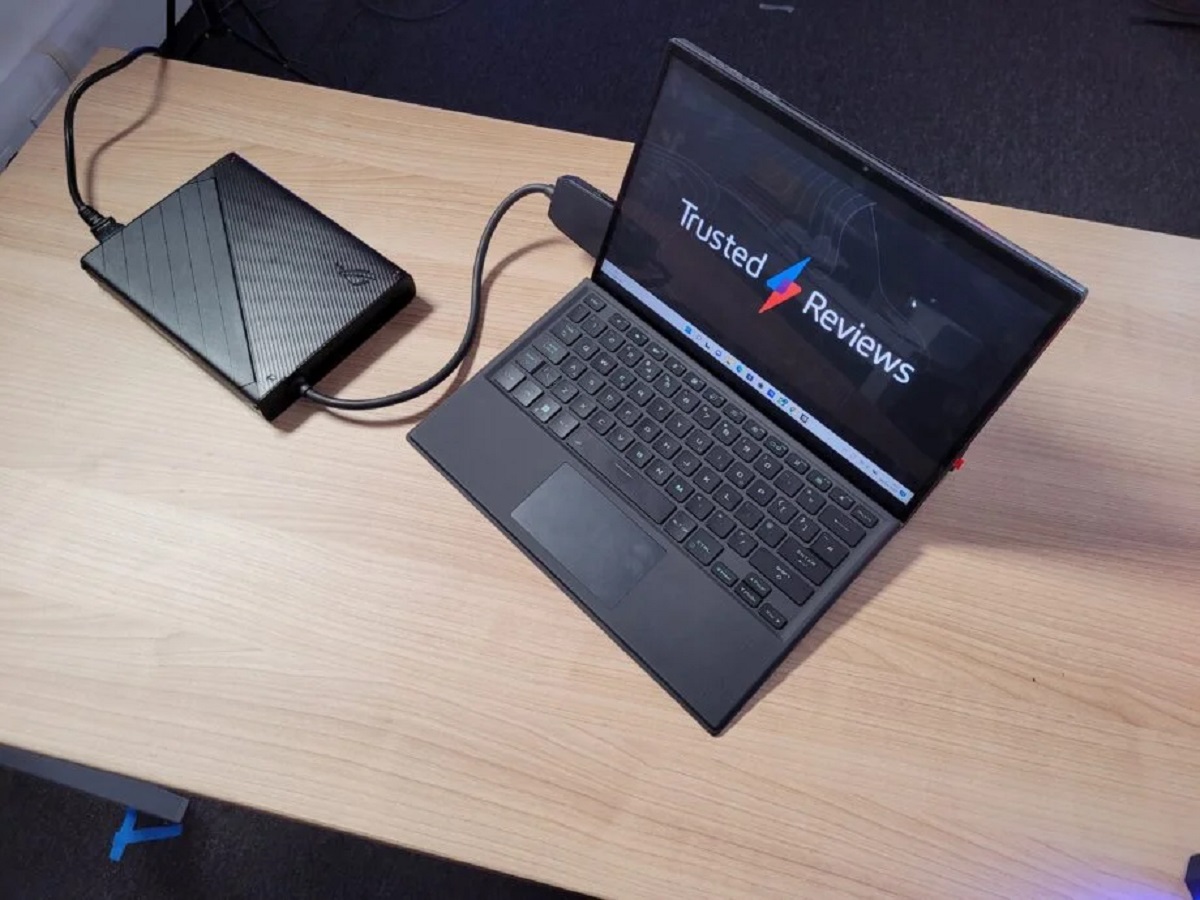Introduction
Welcome to this guide on how to check your RAM speed in Windows 11. RAM, short for Random Access Memory, is a crucial component of your computer’s hardware. It plays a vital role in determining the overall performance and responsiveness of your system.
Knowing the speed of your RAM can be useful in various scenarios. For instance, if you are planning to upgrade your RAM or want to ensure that your existing RAM is functioning optimally, it’s important to have accurate information about its speed.
In this article, we will explore multiple methods you can use to check the speed of your RAM in Windows 11. Whether you prefer using built-in tools or third-party software, we have you covered!
Before we dive into the methods, it’s important to note that the speed of your RAM is expressed in terms of frequency, usually measured in megahertz (MHz). This value represents the number of cycles your RAM can complete in one second. Generally, higher frequencies imply faster performance.
Now, let’s get started and learn how to check your RAM speed in Windows 11.
Method 1: Using Task Manager
The first method we’ll explore is using the Task Manager, a built-in utility in Windows 11. Task Manager provides valuable information about your system’s performance, including the RAM speed.
Here’s how you can check your RAM speed using Task Manager:
- Press the
Ctrl+Shift+Esckeys simultaneously on your keyboard to open the Task Manager. - In the Task Manager window, click on the Performance tab.
- Look for the Memory section, and you will find the Speed value listed next to it.
The speed value displayed in Task Manager represents the current clock speed of your RAM in megahertz (MHz). Note that this is the effective speed and may differ from the advertised speed of your RAM modules.
Using Task Manager is a quick and convenient way to check your RAM speed as it provides real-time information about your system’s resource usage.
However, Task Manager may not always provide detailed information about your RAM, such as the specific module’s speed. In such cases, you may need to explore alternative methods to obtain more accurate details.
Method 2: Using Command Prompt
If you prefer a command-line interface, you can use the Command Prompt in Windows 11 to check your RAM speed. Here’s how:
- Open the Command Prompt by typing “cmd” in the search bar and selecting the “Command Prompt” app.
- In the Command Prompt window, type the following command:
- Press Enter to execute the command.
wmic memorychip get speedAfter running the command, you will see a list of all memory chips installed on your system, along with their respective speeds. The speed will be displayed in megahertz (MHz).
It’s important to note that depending on your system’s configuration, the command may return multiple results if you have more than one memory module installed. Make sure to check the speed of each memory chip individually if necessary.
The Command Prompt method provides a straightforward way to obtain detailed information about the speed of each memory module in your system. However, it requires a basic understanding of command-line operations.
If you prefer a graphical user interface or are looking for a more user-friendly approach, the next method involving Windows PowerShell might be more suitable for you.
Method 3: Using Windows PowerShell
Windows PowerShell is another powerful command-line tool that can be leveraged to check your RAM speed in Windows 11. Here’s how you can do it:
- Open Windows PowerShell by typing “PowerShell” in the search bar and selecting the “Windows PowerShell” app.
- In the PowerShell window, type the following command and press Enter:
- After executing the command, you will see a list of information about your physical memory, including the manufacturer and speed of each memory module installed in your system.
Get-WmiObject -Class Win32_PhysicalMemory | Select-Object Manufacturer, SpeedThe speed values are expressed in megahertz (MHz), indicating the clock speed of each RAM module.
Windows PowerShell provides a more detailed output compared to the Command Prompt method, allowing you to easily identify the manufacturer of your RAM modules along with their respective speeds.
This method provides a convenient way to check your RAM speed using a command-line interface, especially if you prefer the additional information provided by Windows PowerShell.
However, if you prefer a more user-friendly and intuitive approach, the next method involving third-party software might be the best option for you.
Method 4: Using Third-Party Software
If you prefer a more user-friendly and comprehensive approach to check your RAM speed in Windows 11, you can utilize third-party software specifically designed for this purpose. There are several reliable software options available that provide detailed information about your system’s hardware, including RAM speed.
Here are a few popular third-party software programs you can use:
- CPU-Z: CPU-Z is a widely-used software that provides detailed information about your system’s hardware, including RAM speed. You can download and install CPU-Z from the official website, and once installed, you can find the RAM speed listed under the “Memory” tab.
- Speccy: Speccy is another popular system information tool that offers in-depth details about your computer’s hardware, including RAM speed. Similar to CPU-Z, you can download and install Speccy from the official website, and the RAM speed can be found under the “Memory” section.
- AIDA64: AIDA64 is a comprehensive system diagnostics and benchmarking tool that provides extensive information about your hardware components. It offers accurate details about your RAM speed and various other parameters. AIDA64 is a premium software, but you can download a trial version from the official website.
These third-party software options often provide more comprehensive information about your RAM speed, including additional details like timings, voltage, and other advanced settings.
Remember to download and install software from reputable sources to ensure your system’s safety and security. It’s also a good practice to periodically update the software to access the latest features and improvements.
Using third-party software is an excellent option if you prefer a more visual and user-friendly approach to check your RAM speed, providing extensive details about your system’s hardware configuration.
Conclusion
Checking your RAM speed in Windows 11 is essential for various reasons, whether you are troubleshooting performance issues or planning to upgrade your RAM. Fortunately, there are multiple methods available that allow you to quickly and easily obtain this information.
In this guide, we explored four different methods to check your RAM speed:
- Using Task Manager: The built-in Task Manager provides real-time information about your system’s performance, including the speed of your RAM.
- Using Command Prompt: The Command Prompt allows you to use a command-line interface to retrieve detailed information about your RAM speed.
- Using Windows PowerShell: Windows PowerShell offers a more comprehensive command-line tool to check your RAM speed along with additional details such as the manufacturer of your RAM modules.
- Using Third-Party Software: There are various reliable third-party software options available that provide a user-friendly interface and comprehensive information about your RAM speed.
Each method has its own advantages, so you can choose the one that suits your preferences and technical proficiency. Remember to ensure the validity of any third-party software you download and install, and regularly update it to access the latest features and improvements.
By checking your RAM speed, you can gain valuable insights into your system’s performance and make informed decisions about upgrading or optimizing your memory configuration.
With the information and tools provided in this guide, you can easily check your RAM speed in Windows 11 and ensure that your computer is functioning at its optimal capacity.

























